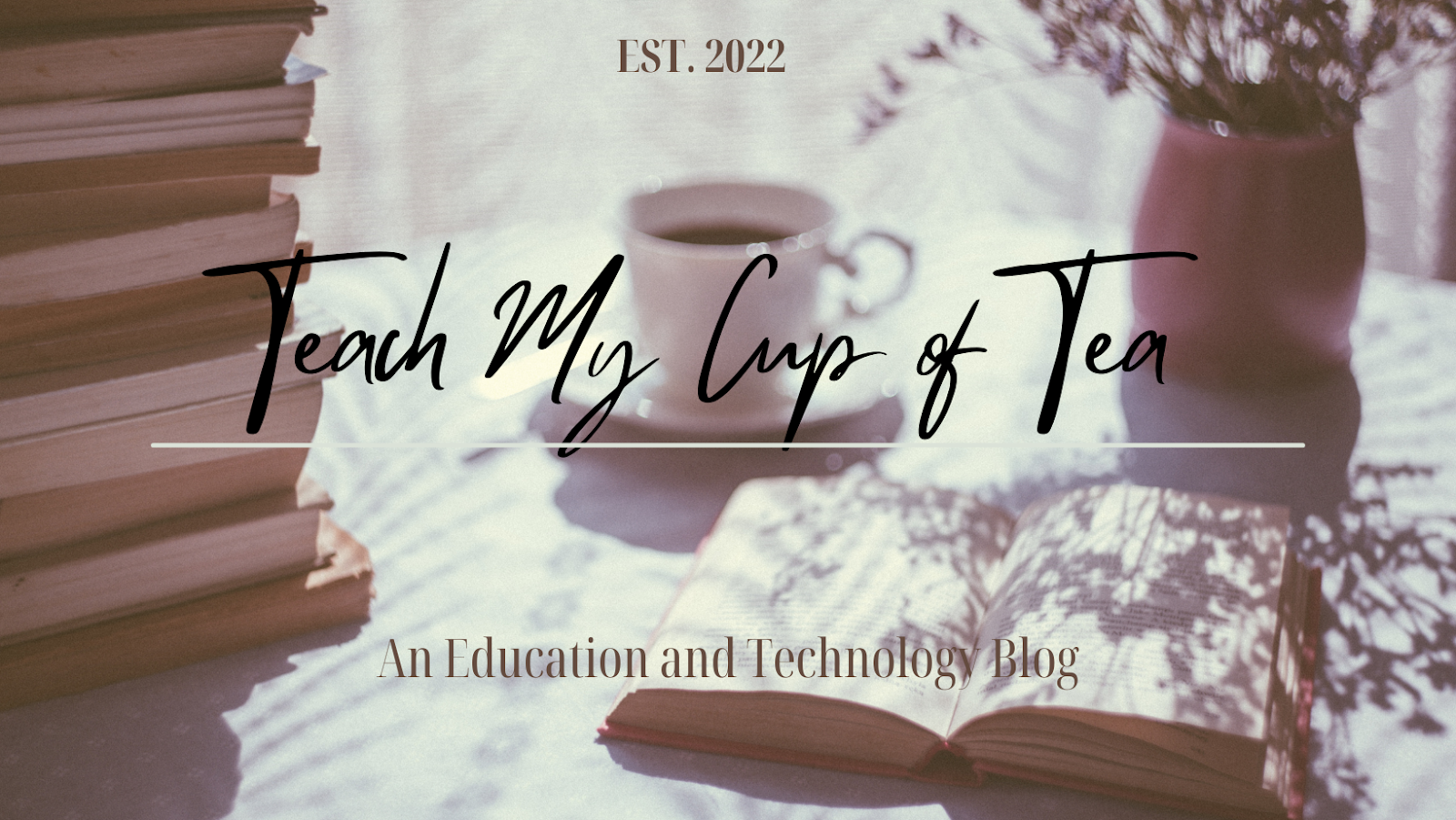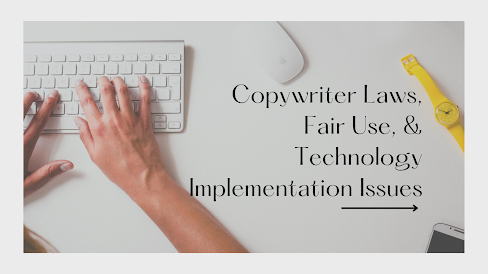Don't Copy That! It's Copyrighted.
Have you ever wanted to share a bunch of information with students at one time, but were not sure where to start? Well, you would not be alone on that. I had seen teacher newsletters in the past and admired how professional they looked but had no idea how to make one! This week in EME2040 we had our first assignment which was (drumroll please) to create a classroom newsletter🤯. From this assignment (and numerous YouTube videos) I learned how to successfully use the columns function on MS Word and how to formulate shaded sections on a document, like for a permission slip. While this may not be a necessity in my future classroom, it was a fun and creative way to share information and I do hope to continue these when I teach. Below↓↓ is a preview of mine.
Sometimes, finding the right image, song, movie, or book is hard. Especially when there are copyright laws in place that protect a creator's work. Copyright laws are vital to creatures and were designed to promote growth in science and the arts. These laws are also brought into effect immediately after the work is created, whether or not there is a © symbol or not. Basically, the creator is the only one who can decide how their work is (or is not) used. However, it is important to know that these laws only protect the work for 70 years. On the other side of copyright laws, however, is Fair Use. Fair use is the legal doctrine that allows unlicensed use of copyrighted materials under certain criteria. Such cases fall under the first amendment rights to free speech and can include situations such as criticisms, news reports, and teaching. For more information on Fair Use, check out Section 107 of the Copyright Act.
Last week, I touched a bit on how technology is rapidly growing and how some people fall under digital natives and others digital immigrants. While there are pros and cons to both divisions, there are some common technology implementation issues that continue to grow each generation. Two of which show up primarily in student lives, academic dishonesty and cyberbullying. Both of these rising issues can cause class disruptions, academic failure, legal consequences, and negative impacts on a student's mental health.
Academic Dishonesty: Academic dishonestly includes cheating, plagiarism, and fabrication. While it is simple to tell students, "hey don't do these things" sometimes that is not enough. However, if students are given reliable resources, such as Purdue Online Writing Lab. Another solution would be creating set dates for students to bring in a rough draft of their work, final draft with correct citations, and provide useful feedback in between papers to help students correct any possible problems ahead of a final paper.
Cyberbullying: Cyberbullying is the act of using electronic technology to harass or "bully" another person. This could be as simple as texting hurtful comments to more serious situations such as sharing explicit photos without consent or telling someone to harm themselves. Cyberbullying on any level should be reported immediately and taken seriously. Sadly, sometimes students have a difficult time expressing they are experiencing cyberbullying. One way to help solve this massive issue is to create a welcoming and safe classroom environment for each and every student. This way if there is an issue, students know that you have their back and want to help because you care. Also, be willing to have classroom discussions about facts around the effects of cyberbullying.If you or someone you care about is facing cyberbullying, and for additional help please visit The Cyberbullying Research Center.
Until Next Time!
À bientôt!
-Renee Brady







Comments
Post a Comment